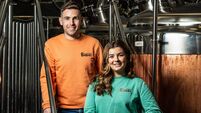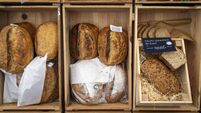Ireland and America: A shared legacy in art, music, and culture

Bound for the Mardi Gras festival in New Orleans, and standing up to 70 meters tall, The Giant will be bigger than the Statue of Liberty. It is the latest venture of Paddy Dunning, aka Mr Temple Bar.
Paddy Dunning, aka Mr Temple Bar, is the man behind some of Ireland’s most iconic cultural attractions: the Irish Rock and Roll Museum, the National Wax Museum Plus, and, most recently, The Giant Company.
The Irish Rock and Roll Museum Experience, located in Dublin’s Temple Bar, isn’t your typical museum. It’s housed in Temple Lane Studios, a working space where music is still being made every day.
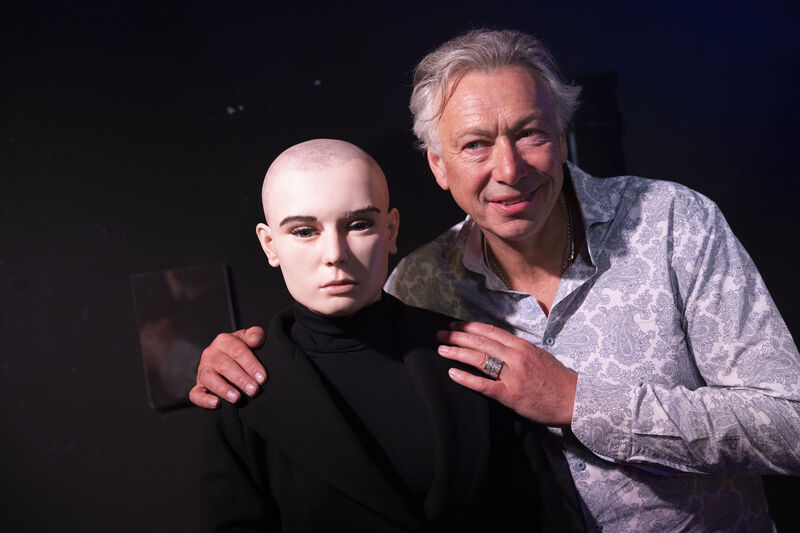
Visitors walk in the footsteps of legends such as U2, Sinead O’Connor, and the Boomtown Rats, who recorded in these same studios. The museum also features live rehearsal spaces, where today’s Irish artists continue to create and refine their craft.
As Alan Buckley, the museum’s tour manager, puts it: “It’s not just about history — it’s a living, breathing space where the next generation of Irish musicians are still working.”
The Irish Rock and Roll Museum offers visitors a hands-on experience. Guests are encouraged to pick up instruments and play in the same rooms where iconic songs were born.
According to Buckley: “Even people with no musical background can get involved. I can teach someone to play ‘We Will Rock You’ on the drums in 15 seconds.”
Am
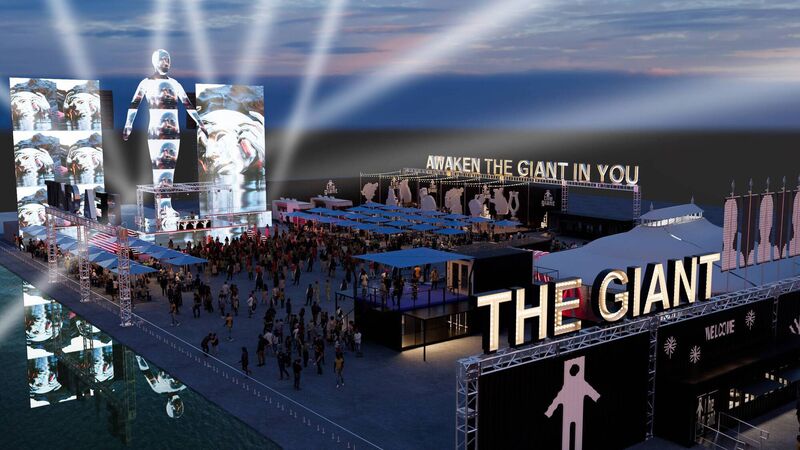
erican visitors, in particular, are drawn to the museum because of the deep cultural connections between Ireland and the United States. Buckley explains how Irish immigrants brought their music to America, influencing genres such as bluegrass, blues, and jazz. In turn, those American styles flowed back to Ireland and shaped the work of Irish musicians.
It’s a back-and-forth relationship that continues to this day. Buckley shares that the museum’s tours often strike an emotional chord with American visitors: “What they find here is authenticity — they’re connecting with something that’s both familiar and uniquely Irish.”
The museum’s popularity among U.S. tourists speaks for itself. It was recently named the number one tourist attraction in the world for US visitors by TripAdvisor. This accolade highlights its global appeal and the enduring bond between Ireland and America, particularly in the realm of music.
Dunning’s other project, the National Wax Museum Plus, offers another look at Irish and international culture. The museum includes wax figures of historical and modern icons, ranging from Buffalo Bill to Donald Trump, but it also emphasizes Irish achievements. The wax museum’s unique combination of art, history, and science reflects Dunning’s approach to creating spaces that educate while entertaining.
Dunning’s latest venture, The Giant Company, takes his vision to an entirely new level. The centrepiece of this project is The Giant, a massive moving statue that combines art, technology, and commerce.
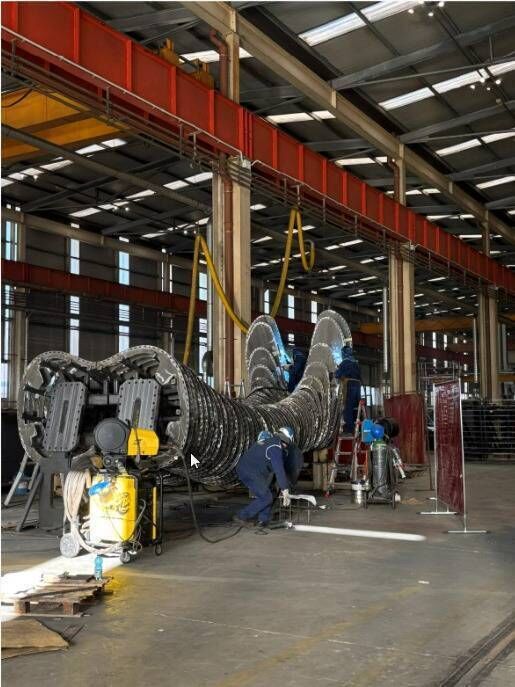
Standing up to 70 metres tall, The Giant will be bigger than the Statue of Liberty. Its androgynous design features moving arms and a head, and its exterior is covered in custom LED panels that can transform into the face of any person — celebrities, historical figures, or even visitors to the attraction.
As Dunning explains: “The Giant celebrates human potential. It’s about inspiring people to become giants in their own lives.”
Visitors will have the chance to be scanned in volumetric scanning pods, allowing their image to be projected onto the statue. This creates a unique, participatory experience where individuals can “become The Giant”.
The first Giant is set to debut in New Orleans, Louisiana, during the city’s iconic Mardi Gras festival. Dunning sees New Orleans as the perfect place to start, blending the city’s rich cultural heritage with The Giant’s message of empowerment and celebration. The statue will also serve as a platform for performances, brand activations, and advertising, making it as much a commercial venture as a cultural one.
“The Giant can become anyone,” says Dunning. “It could turn into Louis Armstrong singing, or it could feature James Joyce for Bloomsday celebrations. Each Giant will reflect the culture of the city it’s in, while also connecting with other Giants around the world.”
Dunning and his team are already in discussions to bring The Giant to cities such as Chicago, Las Vegas, and New York.
The technology behind The Giant was developed in Ireland, with creative input from figures like Richie Smyth, a renowned director who has worked with U2. The project has received support from Enterprise Ireland and the Department of Foreign Affairs, further showcasing Ireland’s role as a global hub for cultural and technological innovation.
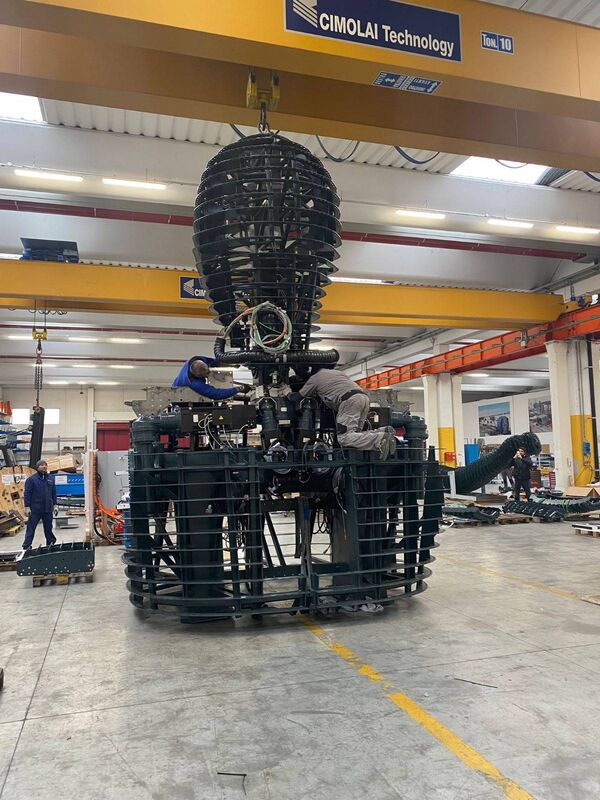
For Dunning, The Giant represents more than just a tourist attraction. It’s a way to bring people together through shared experiences and messages. He envisions the statue as a platform for addressing global issues like sustainability, alongside celebrating local heroes and international icons.
“The Giant isn’t just about art,” Dunning explains. “It’s about connecting people, celebrating diversity, and making a positive impact on the world.”
While The Giant looks to the future, it’s deeply rooted in the shared cultural history of Ireland and America. These two nations have long influenced each other through art, music, and storytelling, creating a legacy that continues to grow. From the Irish Rock and Roll Museum to The Giant, Paddy Dunning’s work highlights the ways culture can bridge gaps and build connections, even across oceans.
As Buckley notes, visitors to the museum often leave feeling a stronger connection to their Irish heritage — or, in some cases, discovering it for the first time.
“Everyone is Irish; you just have to want it,” he jokes.
Whether it’s through the music of U2, the innovation of The Giant, or the stories of Irish immigrants who shaped American music, the ties between these two countries remain as strong as ever.
In a world that often feels divided, projects like The Giant remind us of what we share. And as it begins its journey in the United States, it will carry with it a piece of Ireland—its creativity, its resilience, and its enduring belief in the power of culture to bring people together.




